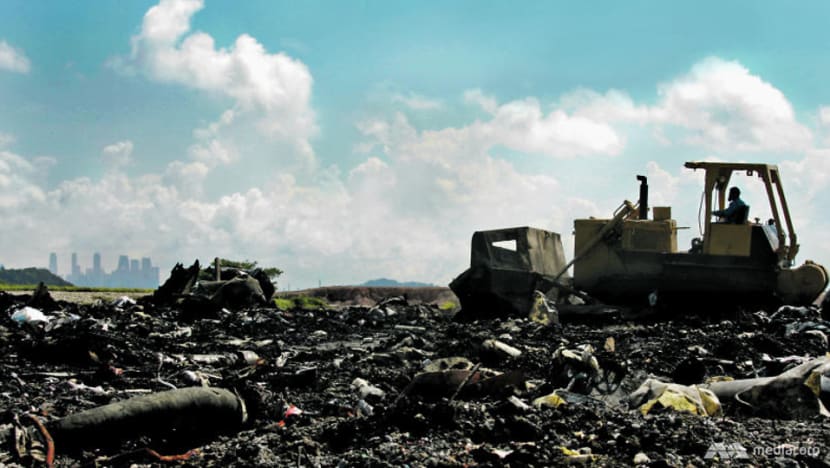When I was 18, I visited Pulau Semakau on a school excursion. The guide had informed us that the landfill would in the near future, run out of space, especially if Singapore was not able to urgently reduce wastage. To overcome this challenge, the government has initiated to reduce the waste sent to the landfill by 30% by the year 2030, under the country’s Zero Waste Master Plan (Ang, 2019).

This master plan outlines a regulatory framework that aims to tackle various categories of waste such as packaging waste and electronic waste (Ang, 2019). Much of these frameworks target the production side of waste and pollution. For example, the framework states that “producers of consumer electronic products must join a producer responsibility scheme, and producers of non-consumer electronic products will be required to provide free take-back services for all end-of-life equipment upon request” (Ang, 2019). This aligns with the Organisation for Economic Co-operation and Development (OECD)’s environmental policy approach of an extended producer responsibility where the accountability for products are shifted upstream towards producers instead of the consumers (Organisation for Economic Co-operation and Development, 2016).
However, I believe that the demand and consumption of resources brought about by our everyday activities significantly affect the waste produced and the environmental pollution created. Supporting this idea, Ekström (2014) argues that “consumption is a motor of waste production”. Despite the government’s heavy focus on the producer’s side of environmental pollution, there should be an equitable accountability placed on consumers to understand the impacts of our consumption behaviour and the severity of these impacts. As such, this blog will be a way in which I analyse the ways in which consumption habits by myself and by many others have created unseen and negated environmental pollution issues as well as the establishment of the environmental injustice created by the geographic separation between the privileged and the marginalised (Park and Kwan, 2017).
References
Ang, H.M. (2019) ‘Singapore to reduce Semakau waste by 30% under first Zero Waste Master Plan’, CNA. Available at: https://www.channelnewsasia.com/singapore/semakau-reduce-landfill-zero-waste-master-plan-recycling-bins-1338431 (accessed January 2022).
Ekström, K.M. (2014) Waste Management and Sustainable Consumption: Reflections on consumer waste, Routledge.
Organisation for Economic Co-operation and Development (2016), Extended Producer Responsibility: Updated Guidance for Efficient Waste Management, OECD Publishing, Paris.
Park, Y.M. & Kwan, M.-P. (2017) ‘Multi-Contextual Segregation and Environmental Justice Research: Toward Fine-Scale Spatiotemporal Approaches’, International Journal of Environmental Research and Public Health, 14.